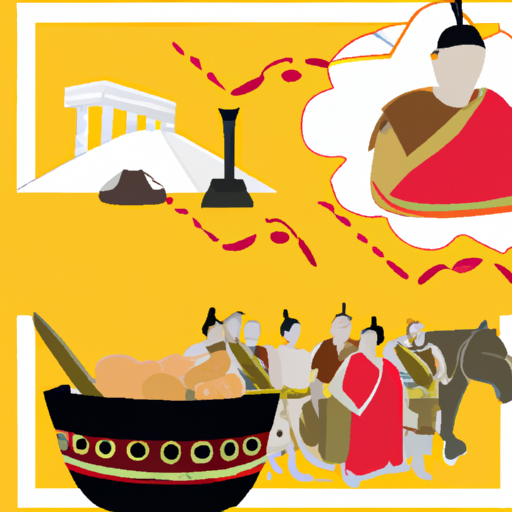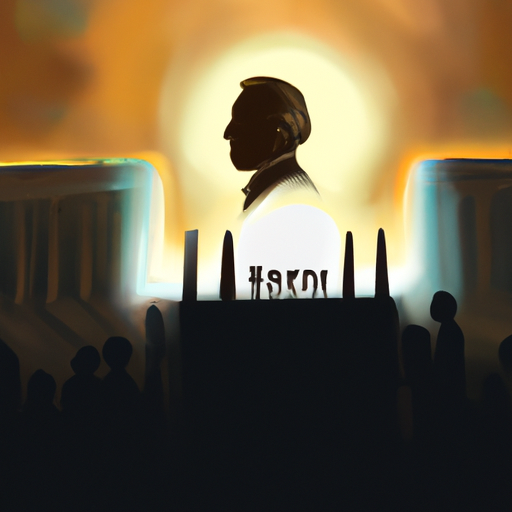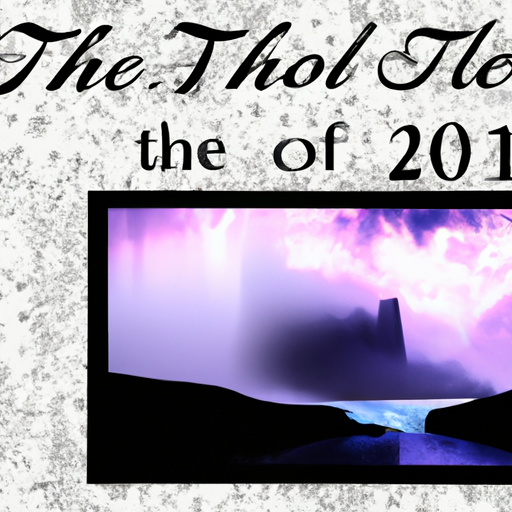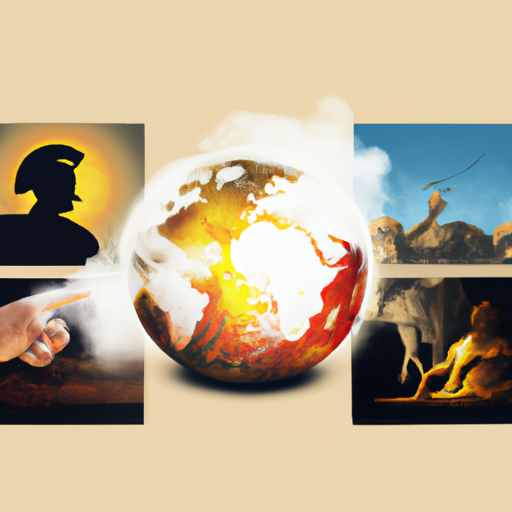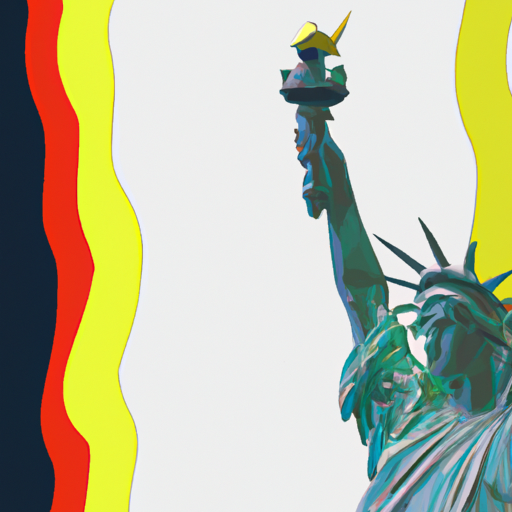History of the First Aboriginal on Earth
Who was the original Aboriginal on this planet?
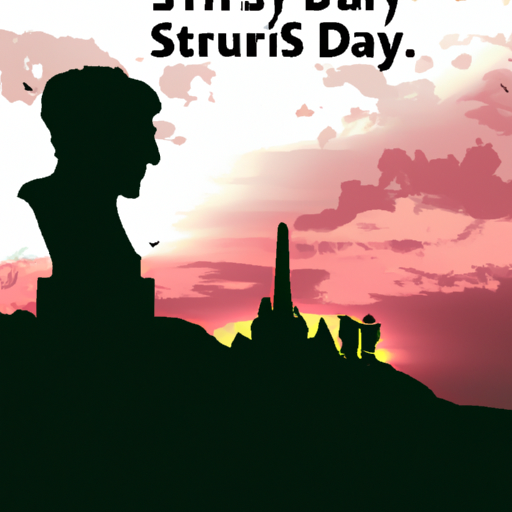
Mysteries abound when it comes to the history of Aboriginal people. For centuries, the question has been asked: “Who was the first Aboriginal on this planet?” To answer that query, one must look back at the past.
It is believed that Aboriginals are the oldest living culture on Earth, having resided in Australia for over 65,000 years. It appears they made their way from Africa to Australia through Southeast Asia over many generations and adapted to their new environment as they traveled.
At present, there are hundreds of different Aboriginal cultures spread across Australia and its neighboring islands, each with its own language, customs and beliefs. While there may not be a single “original” Aboriginal person, each culture can trace its roots back to an ancestor who lived thousands of years ago.
In order to learn more about these ancient cultures and their beginnings, it is necessary to examine artifacts left behind by former generations of Aboriginals. From tools and weapons to artworks and stories, these items provide valuable insight into early Australian life. Additionally, archaeologists utilize scientific techniques such as carbon dating to determine when certain artifacts were created or used.
By studying ancient artifacts and piecing together archaeological evidence, we can start to unravel the mysteries surrounding the original Aborigines on this planet. Through this research we can gain a better understanding of our shared history and recognize the unique contributions made by each Aboriginal culture throughout time.
.
Introduction

It’s a difficult puzzle to piece together, but it’s believed the first Aboriginal people on Earth arrived in Australia somewhere between 40,000 and 60,000 years ago. Little is known about their exact date of arrival. These earliest inhabitants were hunter-gatherers who lived a nomadic lifestyle in small family groups, relying on the land for sustenance – hunting animals, gathering fruits and vegetables, and fishing from rivers and oceans. Over time they formed a strong bond with their land and spiritual beliefs that are still held dear to this day.
– The History of the First Aboriginal People on Earth
Mystifyingly, evidence points to a long-standing presence of the first people on Earth, with archaeological discoveries suggesting that humans had inhabited certain areas for thousands of years before Europeans arrived. In Australia, this dates back at least 50,000 years; in North America, at least 15,000.
Despite attempts to strip away their traditional cultures and languages through colonization and assimilation policies imposed by European settlers, many Aboriginal communities have managed to preserve their identity and cultural heritage through generations. Nowadays, Aboriginal people are still struggling for recognition and rights as well as for the protection of their culture and language.
As more research is conducted into the history of the original inhabitants of Earth, it’s becoming increasingly clear that they are an essential part of our shared human experience.
– Exploring the Origins of Aboriginal Culture
For centuries, the ancient and unique form of life known as Aboriginal culture has been entwined with the land, language, and customs of the Indigenous people who have lived in Australia for many generations. Unearthing its roots reveals an intricate history that has shaped the lives of those living there now.
It is believed that the original inhabitants of Australia arrived from South East Asia around 50,000 years ago. Evidenced by archaeological remains, they adapted a nomadic way of life, relying on hunting and gathering to sustain themselves. As they moved across the continent, their distinct cultural practices such as art, music and storytelling were established.
The Dreaming is a concept deeply embedded in Aboriginal culture which reflects a spiritual connection between people and their land. It encompasses creation stories which explain how the world was formed by ancestral spirits and how these spirits continue to influence Aboriginal people today. The Dreaming also includes tales about humans’ relationships with animals as well as laws governing social behaviour.
Language is integral to Aboriginal culture; it expresses both cultural identity and spiritual beliefs. Hundreds of Indigenous languages are spoken across Australia today each with its own set of words and grammar rules. Language was used to pass on knowledge through oral storytelling traditions and songs which taught values such as respect for elders and nature.
Aboriginal art has been practiced since antiquity; it is often referred to as ‘the oldest living art tradition’ in Australia because of its long-standing presence throughout time. Artwork typically portrays stories from the Dreaming or spiritual symbols that reflect traditional values or beliefs. It appears in various forms such as rock paintings, wood carvings, sand drawings, bark paintings and weavings all being highly symbolic representations of Aboriginal culture.
Exploring this ancient way of life provides an opportunity to gain insight into its rich history while appreciating its diverse traditions that still define Indigenous life today.
– Tracing the Migration Patterns of the First Aboriginal People
The past of the original Aboriginal people is a fundamental piece of understanding their movements over time. Unraveling these patterns can give us knowledge into their meanderings, which have been formed by various components throughout the long term. By investigating archaeological proof, chronicled records, and oral accounts, we can acquire a more clear comprehension of how these individuals moved and associated with the climate around them.
Archaeological proof can let us know much about the movement designs of the first Aboriginal people. Instruments, weapons, and other ancient rarities found in different locales can furnish us with pieces of information about where these individuals settled and when they proceeded onward. These relics can likewise demonstrate what assets were accessible to them in various zones and how they utilized them to endure. Additionally, archaeological investigations may uncover proof of exchange systems between various gatherings or districts.
Chronicled records, for example, diaries, maps, and journals can likewise assist us with following the movement designs of the first Aboriginal people. These archives regularly give subtleties about explicit areas visited or occasions that happened during movements. They may likewise incorporate data about social systems between various gatherings or societies experienced en route.
Oral accounts are another significant wellspring of understanding how the first Aboriginal people moved through their condition. Through stories passed down from age to age, we can find out additional about how they adjusted to changing conditions and cooperated with different societies during their outings. Additionally, numerous aboriginal dialects contain words that allude to specific spots or occasions related with developments – giving extra understanding into how these excursions unfurled over the long run.
By following the movement designs of the first Aboriginal people through archaeological proof, chronicled records, and oral accounts, we can gain a superior comprehension of their movements all through history – just as their communications with one another and nature around them.
– Examining Ancient Artifacts to Learn About the First Aboriginals
Exploring ancient relics is a powerful way to gain insight into the history of Australia’s First Aboriginals. By studying these artifacts, archaeologists and historians can uncover information about the lifestyle, culture, and beliefs of the Aboriginal people. Artifacts such as tools, weapons, pottery, and rock art provide evidence of how Aboriginal people lived thousands of years ago.
Tools and weapons made by Aboriginal people are often discovered in Australia. These items were used for hunting and gathering food as well as for making clothes and shelter. The shapes and sizes of these tools can tell us a lot about their purpose; smaller stone tools may have been used for cutting or scraping while larger ones may have been employed for heavier tasks like pounding or digging.
Pottery is another type of artifact commonly found in Australia that reveals much about Aboriginal culture. Pottery was often decorated with symbols that represented important aspects of Aboriginal life such as animals, plants, or spiritual beliefs. Through analysis of these symbols, researchers can gain an understanding of what was important to ancient Aboriginals and how their culture developed over time.
Rock art is yet another type of artifact that offers valuable information about the First Aboriginals in Australia. Rock art consists of carvings or paintings on rocks that depict stories from Aboriginal mythology or everyday life activities. Examining this art form can help researchers understand how Aboriginals viewed their environment and interacted with it on a daily basis.
In summary, investigating ancient artifacts is essential to learning about the past of the First Aboriginals in Australia. By examining tools, weapons, pottery, and rock art we can gain an understanding of how these ancient people lived thousands of years ago.
– Understanding the Social and Political Structures of Early Aboriginal Societies
Perplexing as it may seem, Aboriginal societies have a long and winding history that is difficult to fathom. To gain an insight into the social and political structures of these ancient cultures, one must look to their past. Pre-colonial Australia was a place of multiple nations and language groups, each with its own distinct social and political systems.
These traditional societies were usually composed of small family units, which then formed larger clans under the leadership of an elder. There was also a hierarchy within each clan based on age, gender, and other factors; this structure was integral for managing resources such as food and land in order to ensure the survival of the group.
Furthermore, some Aboriginal nations had more organized forms of government that included councils made up of elders from different clans who would come together to discuss matters affecting their people. These councils could also be used to resolve disputes between different nations or language groups.
It is clear that early Aboriginal societies had intricate social and political structures that allowed them to survive for thousands of years before European colonization changed everything. By studying their history, we can gain an appreciation for their strength and resilience as well as how they adapted over time in order to preserve their way of life.
conclusion
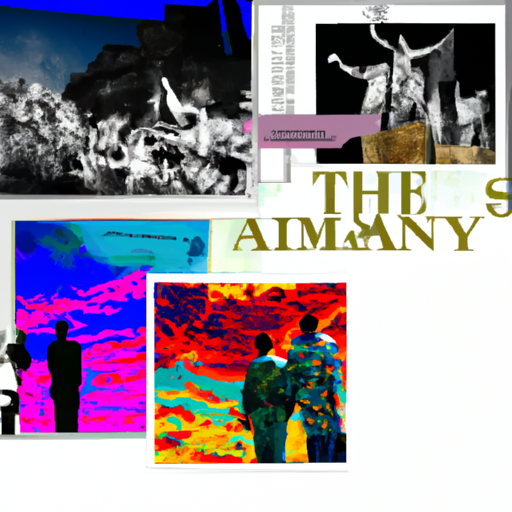
It is a perplexing and mysterious story that has been passed down through the generations – a tale of the first Aboriginal on Earth. Although archaeological evidence points to Indigenous Australians as some of the earliest known inhabitants of Australia, estimated to be around 50,000 years ago, exactly who this first Aboriginal was remains unknown. Nevertheless, it is believed these people were among the first Aboriginals on Earth.
.
Some questions with answers
1. Who was the first Aboriginal on Earth?
The first Aboriginal people on Earth are believed to have originated in Australia around 50,000 years ago.
2. What is the history of Aboriginal people?
The history of Aboriginal people is complex and spans thousands of years. They are believed to have been the original inhabitants of Australia, having migrated from Africa and Asia tens of thousands of years ago. Aboriginal culture has been passed down through generations for many centuries.
3. How did the Aborigines live?
Aboriginal people lived a nomadic lifestyle, relying on hunting, fishing and gathering for their food. They also used tools such as stone axes and spears to hunt animals and build shelters. Their spiritual beliefs were strongly connected to their environment and they had a strong connection with nature.
4. What happened to the Aborigines when Europeans arrived?
When Europeans arrived in Australia in 1788, they brought with them diseases that decimated much of the Aboriginal population. The Europeans also began to take over land that had previously belonged to Indigenous Australians and introduced new laws that discriminated against them.
5. Are there any efforts being made today to preserve Aboriginal culture?
Yes, there are many efforts being made today to preserve Aboriginal culture. This includes language preservation projects, land rights campaigns, cultural education initiatives and more. There is also an increased focus on reconciliation between Indigenous Australians and non-Indigenous Australians today.
